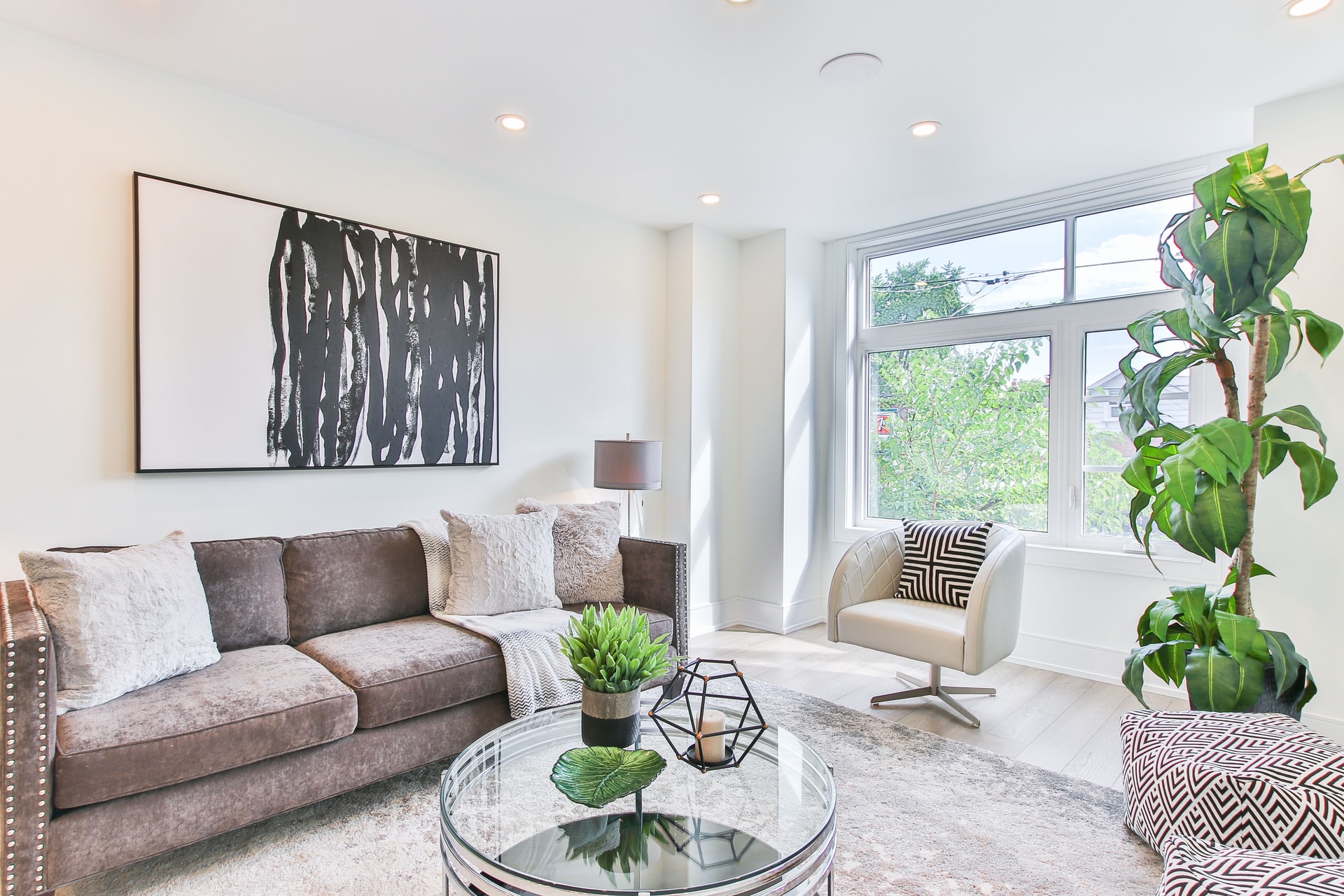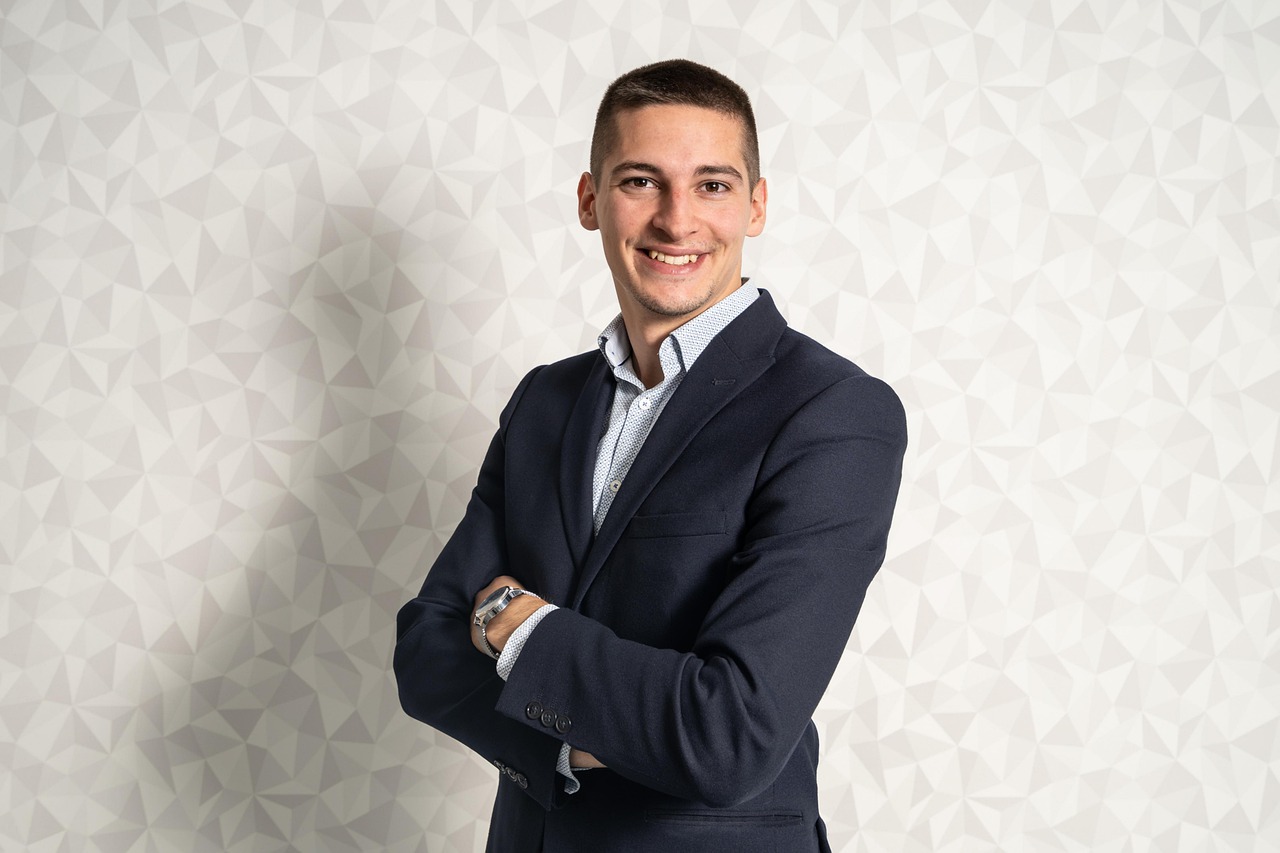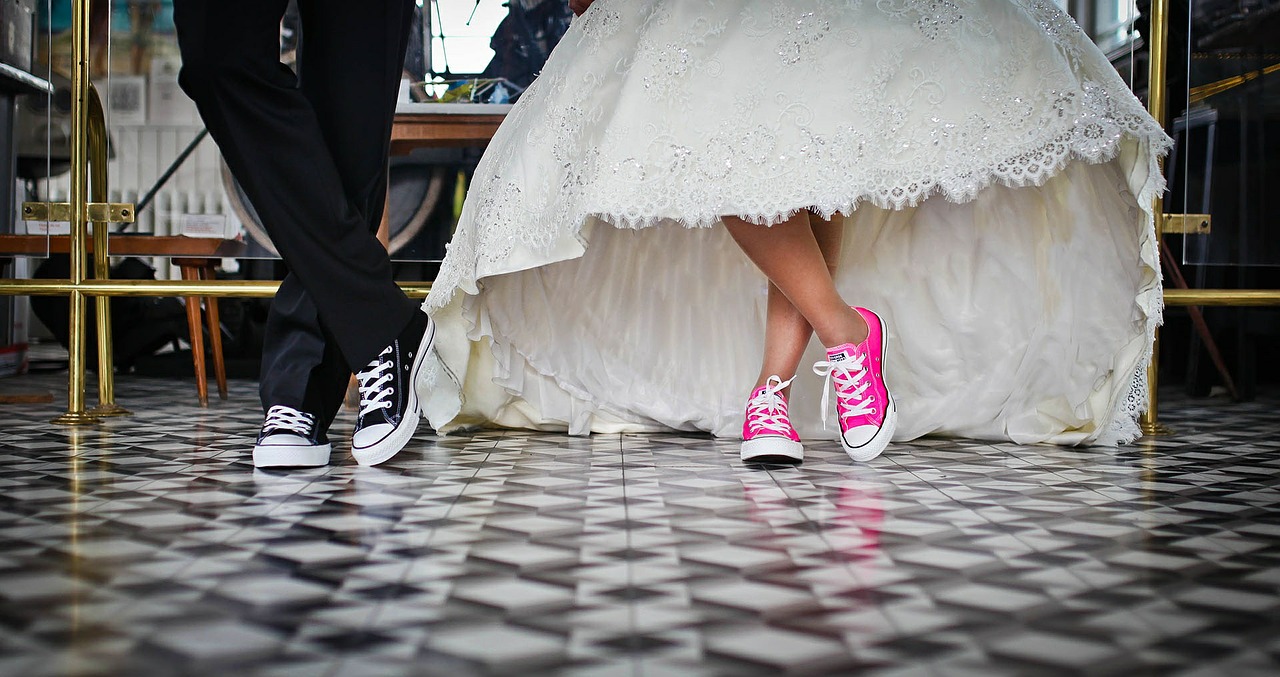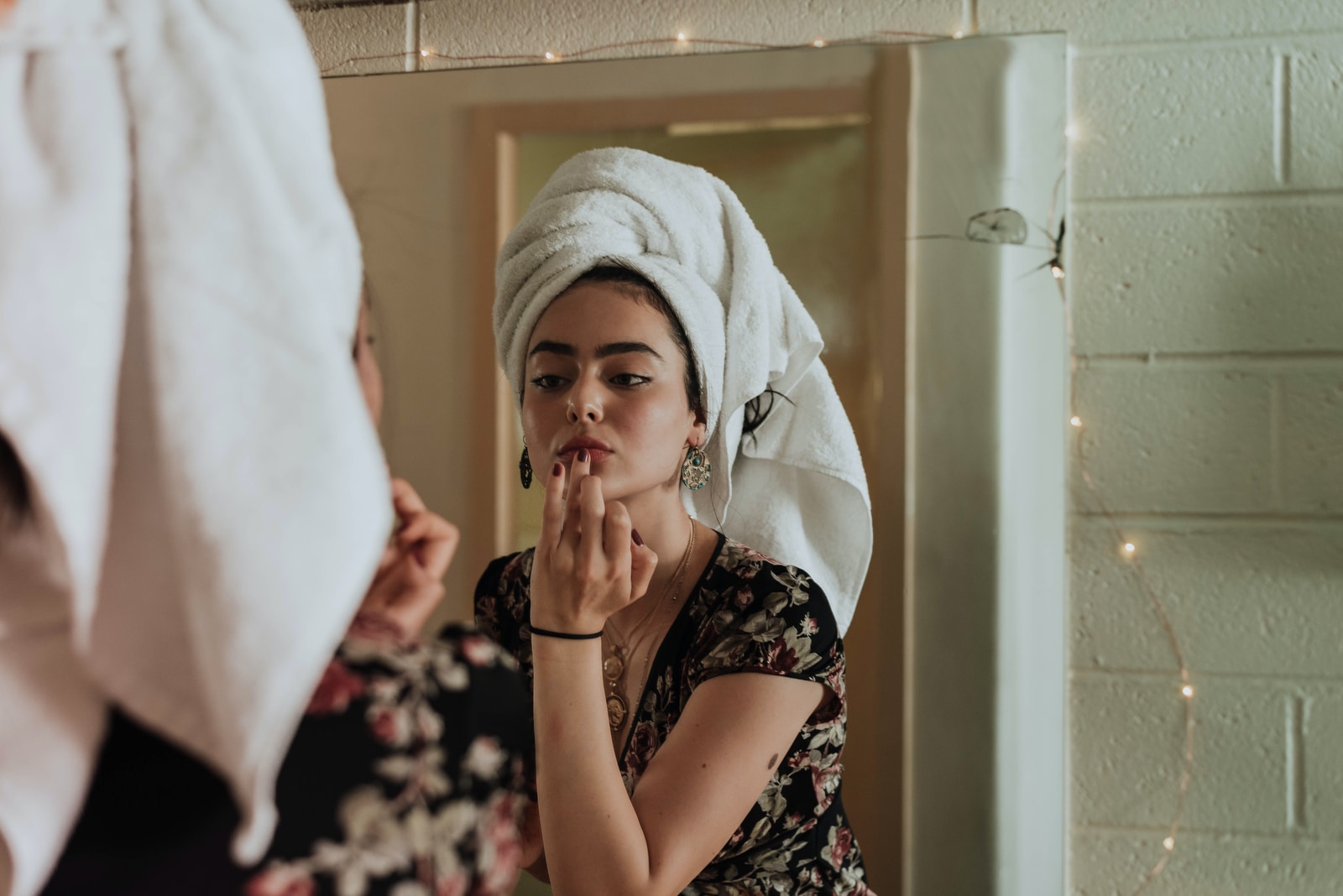Here is what we recommend at Protech Allergies.
- Size of the room
Obviously, we need to consider the size of the room in square metres. Air purifiers are designed to work in a limited space in square metres (m2). We recommend that you always stay below the specified area in square metres, because otherwise, your air purifier may not be up to the task, and you will not obtain the desired air quality.
- Power
Air purifiers measure their power with the speed at which they completely clean a room. This is one of the most important criteria to check when buying an air purifier. The devices must filter the air 3 times to guarantee 99.5% purification.
These devices are equipped with a powerful built-in variable-speed fan. They have 4 speed levels to reach 120 m3/h for the P1211 air purifier, 310 m3/h for the P3001 air purifier and 510 m3/h for P6006 air purifier, one of the most efficient in the industry.
- Noise
The noise of an air purifier is not the same as that of a conventional fan. Air purifiers force air through their filters, forcing the molecules to collide, causing small, whistling-like noises. Because of all of these aspects, purifier brands have focused on implementing automatic sleep modes and light-off modes to provide more nighttime comfort for home users. These modes offer users automatic settings to purify the air without generating annoying noise.
A medium-power purifier averages 30 dB of threshold sound, which is like the gentle sounds of leaves in the wind. At full power, it can reach a threshold of 55 dB, which is like soft noise from a television. So, we can conclude that it is important to consider the relationship between power and noise. The more power used in the purifier, the more noise you will have in the room. It is interesting to note that the minimum noise emitted by our purifiers is on average 10 dB, which almost sounds like a whisper. This power would be ideal for sleeping at night with the units on.
All our Protech Allergy purifiers have a standby function and are silent.
- Types of filters
The key point not to be neglected with purifiers is the filters. The mechanism on which these purifiers are based consists of filtering the air through meshes that eliminate harmful particles that can cause allergies. The secret lies in the product’s filters. But what are the types of filters? – There are 4 basic filters that all top-of-the-line purifiers generally have.
Nylon filter or pre-filter: these are the same filters as those in air conditioners. It is simply a fine mesh that traps dust and very coarse particles. The function of these filters is to stop the larger particles to optimize the performance of the others.
H13 High-Performance HEPA filter: composed of a series of microfine glass fibre meshes. It traps tiny dust particles and various types of germs and bacteria in the air. It manages to trap the particles either by having them collide directly with the mesh or be trapped because it has a material that forces the malicious particles to stick. Its function is to eliminate the smallest impurities that appear in the air, so it is advisable to have a prior filter to eliminate the largest particles.
Activated-carbon filter: this filter is made of pure porous carbon that transforms gaseous particles into solids through a chemical process. Activated carbon is a combination of several carbon compounds that only allows particles smaller than 50 nm (nanometers) to pass. Its function is primarily to trap the tiny biological particles that cause odours in the environment and other types of germs added by pets in the environment.
Photocatalytic Filter: Titanium dioxide filter that can trap very fine dust particles or tiny bacteria working in combination with the UV lamp. This process conserves and accumulates energy from the UV lamp to destroy microorganisms and transforms VOCs (volatile organic compounds such as formaldehyde, toluene, xylene, ammonia, TVOC and other pollutants) into H2O and CO2.
- UV function
The UV (Ultraviolet) lamp contained in the air purifiers can kill more than 99.9% of germs, bacteria and viruses contained in the air with proof. Indeed, on the P3001 and P6006 models, independent tests have shown more than 99.99% of the H1N1 virus is eliminated. The UV function works in conjunction with the photocatalytic filter.
- Ionizer function
The ionizer function, also known as negative ionization, is an electrostatic system that activates the movement of ions causing the release of static anions. Its negative ionization system eliminates bacteria and micro-organisms that are sensitive to electrical contact with these ions.
If we want to get a little more technical, we could say that this involves eliminating malicious particles by creating negative ions (anions). We are in the lower part of the atmosphere where almost all chemical compounds contain a positive charge. So, when the anions are released by the artifact, they are attracted to the positively charged molecules, causing them to bind. The particle then becomes so heavy that it falls to the ground. It should be noted that the floor on which the device is used must be cleaned.
More than 6 million ions per second are released on our P3001 model. These anions help to rebalance your environment. Fine electrically charged particles, negative ions energize and soothe us, positive ions stress and tire us. Where can you find ions? At the foot of a waterfall: 50,000 negative ions/cm3. In the mountains: 8,000 to 12,000 negative ions/cm3. By the sea: 4,000 negative ions/cm3. In the forest: 3,000 negative ions/cm3. After a storm: 1,500 to 4,000 negative ions/cm3. In the countryside: 500 to 1,200. They are in very low concentration in large cities.
- Maintenance
An important concern for users is how often the units should be cleaned. The maintenance of the air purifier is based on the periodic cleaning of the pre-filter. It is recommended to handle the filter with care and to read the manual in case there are any differences from this basic procedure. On our products (P1211, P3001 and P6006), filters generally last 1600 hours. If you have a polluted environment and frequent use, we recommend changing the filters twice a year. Otherwise, in environments with little pollution and normal use, changing the filter once a year may be sufficient.
Washing the pre-filter (only on models P3001 and P6006).
By removing the housing of the unit, it is easy to access the filters. Carefully remove the pre-filter. With a vacuum cleaner, clean all the cavities of the filter. Then wash it with plenty of water (only the pre-filter, of course). Wait for the pre-filter to dry and put it back in the unit exactly as it was before.
The other filters such as the photocatalyst filter, the activated carbon filter and the HEPA filter are not washable. When they have reached the end of their useful life (1600 hours), they must be removed and replaced with a new filter.
We wish you the best of health.
Vincent Poulin, Owner of Protech Allergies inc.








